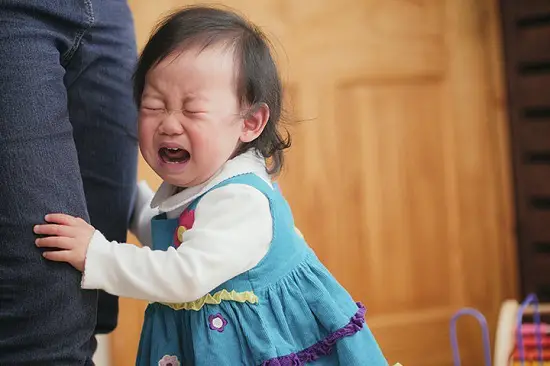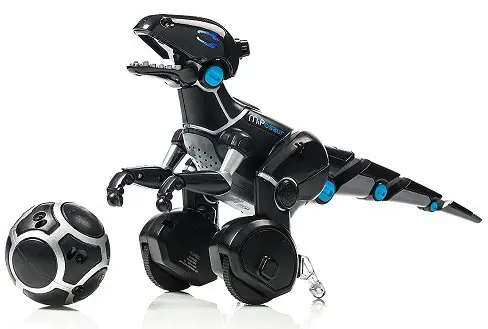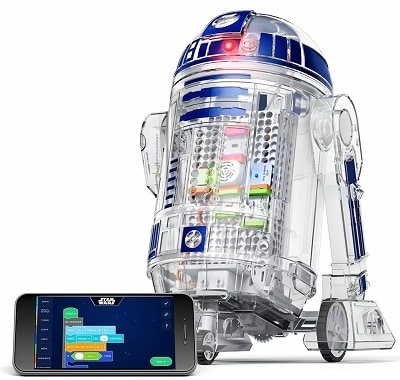When do Babies Get Separation Anxiety & How to Deal With it?
Tears and crying are a regular feature when you have an infant or a toddler at home. When your child is at infancy, the tears are merely a way of calling attention to indicate hunger, discomfort, or pain. As an infant grows older, both the baby and the caregivers fall into a steady routine for feeding, changing, or playtime. This means that crying is reserved only to indicate pain, fatigue, or restlessness. Suddenly there is a recurrence of meltdowns and crying when the baby is approximately 9 months of age. This could be attributed to separation anxiety in babies. Let us try and demystify separation anxiety and how to deal with anxiety in infants.
What Is Separation Anxiety
Babies below 6 months of age adjust well to strangers as caregivers. If their basic needs are met, it doesn’t matter much who feeds them, or who cuddles them. They are even delighted by ‘peek-a-boo’ because infants at this age are unable to process the existence of objects beyond their vision. They can only comprehend something when they can see it. This is the reason they giggle and coo when your face comes out of nowhere and delights them!

At 8-9 months of age, babies began to understand the existence of objects beyond their sight. Their sense of recognition starts to develop around the same time. This is known as object permanence. At this point when a parent disappears to the next room, or a favorite toy is taken away from sight, your baby knows they still exist, but they begin to miss them. This causes your baby to start panicking that they may not see their favorite person or toy again. This is known as separation anxiety in babies. Your baby can imagine objects and people beyond their sight and starts to get clingy when they think you are about to leave. The crying sprees and tantrums you see are a result of the anxiety.
Such anxiety is a typical part of the early development of babies. Additionally, parents who are overly affectionate and overprotective can risk making their babies more anxious. Research suggests that separation anxiety may be inherited. Separation anxiety distresses nearly 5% of children in the US alone. Anxiety affects girls and boys equally. The timing of this anxiety may vary. Some babies feel it at the age of 18 months to 2 years. Others are overcome with a wave of emotion as early as 10-12 months of age. Some babies never experience anxiety.
Symptoms of Separation Anxiety
Infants and toddlers have various symptoms that manifest as a result of separation anxiety. Some of them are:
- Meltdowns and constant crying
- Fear of being alone
- Nightmares
- Bedwetting
- Headaches, stomach pains
- Refusing to sleep alone
Separation anxiety has its effects on mothers as well. There is a whole lot of guilt and overwhelming emotions that a mother needs to deal with when a baby shows signs of separation anxiety.
How To Deal With Separation Anxiety In Babies
The tears and tantrums are real and often at their worst between the age of 10-18 months. What you may find solace in, is the fact that your 10-month old’s separation anxiety means that your baby bonds well with you. It is never easy to manage your baby’s tears especially when their cries are attempting to draw you back to them. All you want to do is rush in, pick them up and cuddle them. However, there are steps that you can take to ease the situation and reduce baby’s separation anxiety.
1. Practice Some Apart Time
Your baby knows you are somewhere, but the baby doesn’t see you. To help your baby appreciate the fact that you will always come back, make sure to spend time in a different room inside the house. Allow your baby to explore different rooms in a safe environment.
2. Make Your Exit and entry at the Appropriate time
If you are leaving your baby with a sitter or other family members, leave when the baby is well-fed and rested. Come back when it is baby’s playtime or when she is well rested again.
3. Leave your baby with Familiar People
Familiarize your baby with the sitter or other family members you plan to leave them with. Have them come over a few times before you leave them alone for a long period. Gradually move out of the room to allow your baby to get accustomed with them.
4. Start talking to Your Baby about Leaving and Returning
When you need to leave your baby, start having conversations with them Speak to them about why you need to leave and when you will come back to them. Also, say goodbye if you are gone the entire day.
5. Give Baby Time to Get Comfortable
Do not expect your baby to be comfortable with your absence immediately. Start small by leaving the little one alone during household chores. Graduate to an hour of shopping and then move on to being away the whole day.
6. Once you Leave, Power Through It
Once you are out the door, don’t give in to temptation and come back to see how the baby is holding up. It will be heart-wrenching for both you and your child.
7. It will Be over
The tears, the heartache, and the crying will stop. Do not coddle your baby because it may make them even more clingy. Do not let guilt stop you from leaving your baby because those heart melting tears will stop within moments of your leaving.
Conclusion
You need to be concerned if your toddler’s anxiety lasts into their preschool days. If the anxiety inhibits routine activity, then it is time to visit a doctor. Your doctor may suggest psychotherapy, medication, or counselling to relieve your baby of their anxiety. Ultimately, it helps to remember that being away from your baby helps improve their coping skills and develops independence in your child as they grow up.



